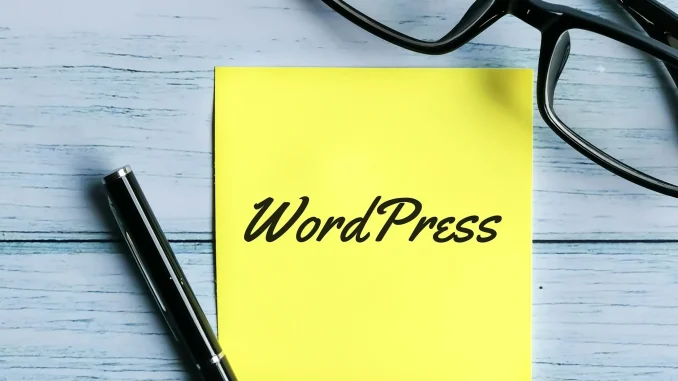
Common Technical Bugs in WordPress and How to Fix Them . WordPress is a popular content management system used by millions of websites around the world. While it offers a user-friendly interface and a wide range of features, it is not without its technical issues. In this article, we will explore some common technical bugs in WordPress and provide solutions to fix them. 1. White Screen of Death One of the most dreaded issues in WordPress is the “White Screen of Death” (WSOD). This occurs when a blank white screen appears instead of your website. It can be caused by various factors, such as incompatible plugins or themes, memory limit issues, or PHP errors. To fix the White Screen of Death, you can try the following steps: Disable all plugins: Access your website via FTP or cPanel and navigate to the “plugins” folder. Rename the “plugins” folder to something else, such as “plugins_disabled”. This will deactivate all plugins. If the white screen disappears, reactivate each plugin one by one to identify the problematic one. Switch to a default theme: If the issue persists, switch to a default WordPress theme, such as Twenty Twenty-One. This will help determine if the problem lies with your current theme. Check PHP errors: Enable WordPress debugging by adding the following code to your wp-config.php file: define(‘WP_DEBUG’, true); This will display any PHP errors that may be causing the white screen. Increase memory limit: If your website has a large number of plugins or a complex theme, you may need to increase the memory limit. Add the following code to your wp-config.php file: define(‘WP_MEMORY_LIMIT’, ‘256M’); This will increase the memory limit to 256MB. 2. 404 Page Not Found Another common issue in WordPress is the “404 Page Not Found” error. This occurs when a user tries to access a page that does not exist on your website. It can be caused by incorrect permalinks, deleted pages, or broken links. To fix the 404 Page Not Found error, you can try the following solutions: Reset permalinks: Go to your WordPress dashboard and navigate to Settings > Permalinks. Choose a different permalink structure and save it. Then, revert back to your original permalink structure and save again. This will reset the permalinks and may fix the issue. Check for broken links: Install a plugin like Broken Link Checker to scan your website for broken links. Once identified, you can either update the links or remove them. Restore deleted pages: If you accidentally deleted a page, check your trash or use a backup plugin to restore it. Make sure to update any internal or external links that may be pointing to the deleted page. 3. Database Connection Error A database connection error can prevent your WordPress website from functioning properly. This error usually occurs when WordPress is unable to establish a connection with the database due to incorrect database credentials or server issues. To fix the database connection error, you can follow these steps: Check database credentials: Open your wp-config.php file and verify that the database name, username, password, and host are correct. You can obtain the correct credentials from your web hosting provider. Test database connection: Create a new PHP file called test-database.php and add the following code: Replace ‘username’ and ‘password’ with your actual database credentials. Upload this file to your WordPress root directory and access it via your web browser. If you see the message “Connected successfully,” it means your database connection is working. Contact your web hosting provider: If the above steps do not resolve the issue, reach out to your web hosting provider for assistance. They may be able to identify any server-related issues causing the database connection error. Conclusion WordPress is a powerful platform, but it is not immune to technical bugs. By understanding and addressing common issues like the White Screen of Death, 404 Page Not Found errors, and database connection errors, you can ensure that your WordPress website runs smoothly. Remember to regularly update your plugins, themes, and WordPress core to minimize the risk of encountering these bugs. If you’re unsure about making changes to your website, consider consulting with a professional developer or reaching out to WordPress support for further assistance.

Leave a Reply